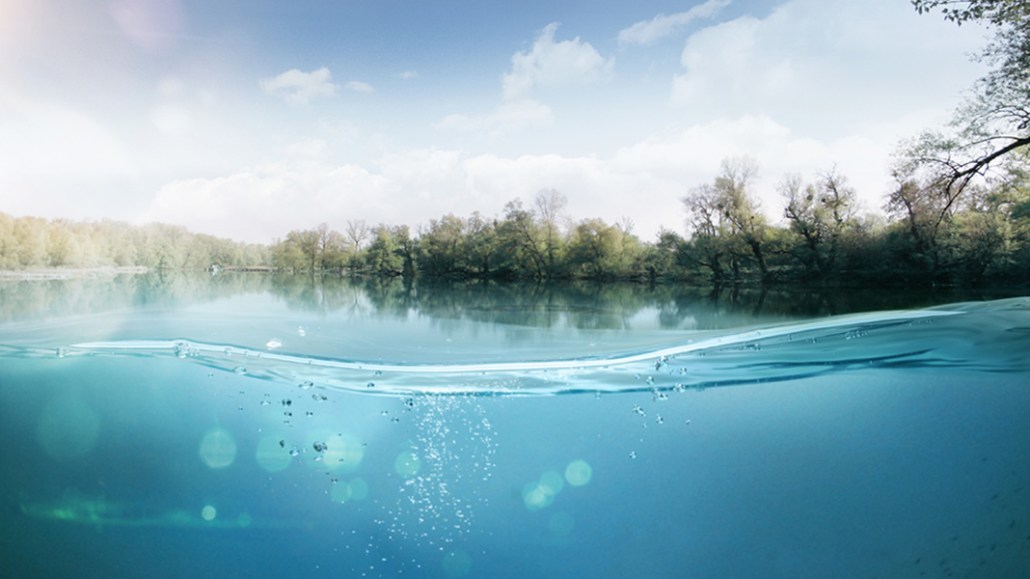
Today’s marketers require a blended skill set of creative and analytics to execute a successful campaign. While most marketers understand the important role that data plays in their strategies, the mountains of data being made available to seek out quantifiable insights is growing much larger. IDC estimates that in 2025, the world will create and replicate 163 trillion gigabytes of data, representing a tenfold increase from the amount of data created in 2016. But today, only 5 percent of that data is being analyzed.
Unsurprisingly, the demand for tools and strategies to maximize insights from this data is increasing. So how are Fortune 500 brands–such as those in auto, CPG and retail–that are facing a massing amount of data, finding their insights? Data lake platforms, the latest technology approach within the data management space, are making it possible for brands to unlock the true potential of their data.
By investing in a data lake and the data scientists to manage it, marketers are able to gain a better understanding of their customer’s cross-channel path to purchase and the impact to sales. Brands who are looking to sell products and services, and not just achieve a CTR or KPI conversion, are using data lakes to impact their marketing in ways they couldn’t before.
For many, data lakes may seem like another version of a data warehouse or a DMP, but they actually do much more than simply store and organize data. Here are four ways data lakes are helping solve some of the biggest marketing challenges impacting brands and agencies today:
1. Allowing marketers to create powerful audience segments
Marketers can create powerful audience segments using data lakes by combining data on customers and their shopping behaviors. Until recently, brands have had to structure their data to fit properly within either data warehouses or DMPs. This lack of flexibility limits marketers from creating truly custom audience segments. With a data lake, you can unlock the true potential of data from CRM, email, imagery, media logs, and point of sale data. Brands can now link data together from multiple sources and channels because of a data lakes’ ability to store and analyze both structured and unstructured data.
2. Enabling brands to reach consumers across all their devices
Even with access to data points such as IP addresses, device identifiers, geolocation, home address, and email it can be challenging to link devices back to their owners. For marketers who want to reach people across all devices, it is extremely difficult to connect these data points together to paint an accurate picture. Probabilistic solutions may use algorithms to determine if two devices belong to the same person, but the only way to accurately connect the device to the individual is by relying on a first-party opt-in database with login or registration data. Because a data lake can ingest media logs, offline activity, first, second and third party data they enable marketers to accurately reach a consumer across all of their devices with 100 percent accuracy.
3. Bridging the world of offline and online data
Bridging the gap between online and offline has been the holy grail for marketers, and until recently has not been truly possible. That is because the offline world uses different identifiers than digital. But data lakes can ingest both the online and offline identifiers to give brands a complete view into the customer journey to create actionable insights and strategies. A brand can now combine it’s own first party data with a data lake’s integrated device graph to deterministically reach its audiences and sync data between offline and online channels.
4. Providing brands with a holistic view into all their marketing initiatives
Because a data lake can take in raw data, advertisers are able to unlock the power of all their data and use it how they see fit, such as gaining a deeper understanding of who their customers are, not just on the data they have collected, but also from other 2nd and 3rd parties. This provides additional insight into behaviors like competing or complementary products purchased, lifecycle changes, and shopping behaviors across categories, allowing marketers to either competitively conquest or create custom messaging to facilitate more meaningful interactions with existing customers.
The more data you input into your data lake, the greater insight and transparency you will receive across all of your marketing initiatives. Being able to use both online and offline data for targeting audiences and measuring the complete customer journey from the first touchpoint to conversion either online or in-store is the holy grail of marketing in today’s omnichannel and cross-device world. Here the power of data lakes lie in their ability to open up the other 95 percent of data that marketers have not been able to analyze up until now, enabling you to unlock the true potential of your data.
More from Digiday

Future of TV Briefing: How the future of TV shaped up in 2025
This week’s Future of TV Briefing looks back at the top topics and trends that overtook the TV, streaming and digital video industries in 2025.

Lowe’s wants to do more with AI shopping in 2026
Mylow, a shopping assistant powered by ChatGPT that launched in March, is already driving double the conversion rate for online shoppers.

‘This isn’t the old pre-roll world’: YouTube has been talking TV — now it’s selling that way
YouTube is ramping up efforts to get TV’s largest advertisers to move more of their budget into its platform.





